- | 11:33 am
How one group is using artificial intelligence to replant coral reefs

MO’OREA, French Polynesia. Titouan Bernicot was 16 when he had an epiphany: Everything he loved about living on an island in the South Pacific was tied to coral reefs.
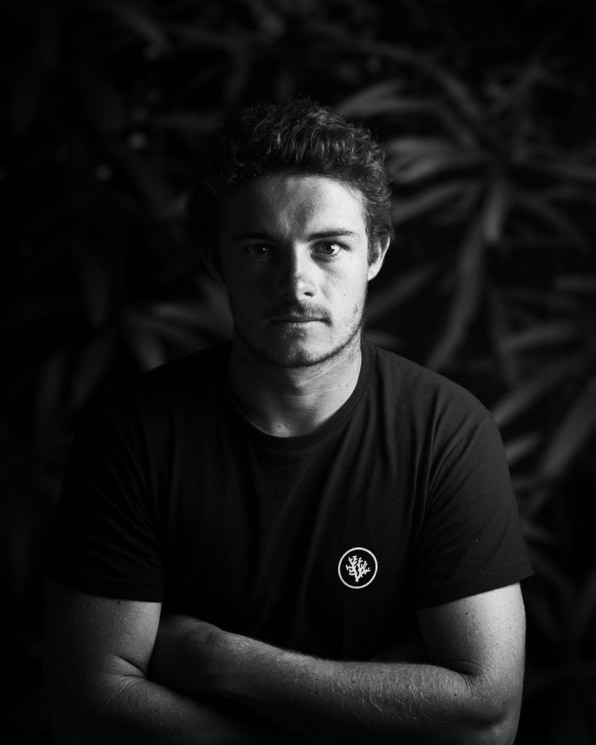
Titouan Bernicot [Photo: Ryan Borne/Coral Gardeners]
Mo’orea, where he lives, is made up of a coral reef and lagoon system, and even though the corals define the island, they’re increasingly at riskBernicot, 23, started Coral Gardeners in April 2017 from his bedroom. Now, he and his team are setting their sights on an audacious goal: to replant 1 million corals across the world by 2025. If they have any hope of hitting that number, they’ll have to dramatically increase their planting, an effort that is being aided by a new artificial intelligence system.
“Our goals for the next couple of years are to become the largest and most advanced coral restoration program on the planet,” he said in an interview outside his office on the island.
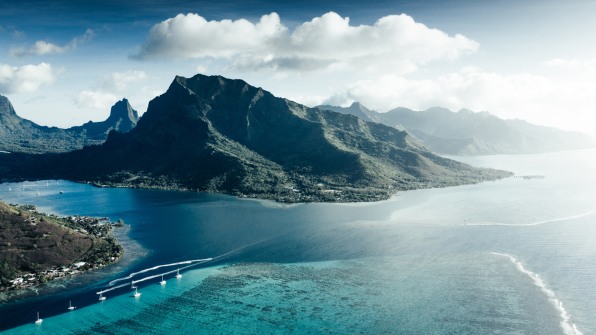
[Photo: Ryan Borne/Coral Gardeners]
The Coral Gardeners team restores damaged reef areas that have suffered from rising temperatures or other natural and human disturbances. There are currently three active nursery sites in French Polynesia, which have close to 9,000 corals growing. The first restored reef is in the back garden of Bernicot’s home, in Maharepa.
According to Coral Gardeners’ data, 500 million people around the world directly rely on reefs for food, income, coastal protection, and more.
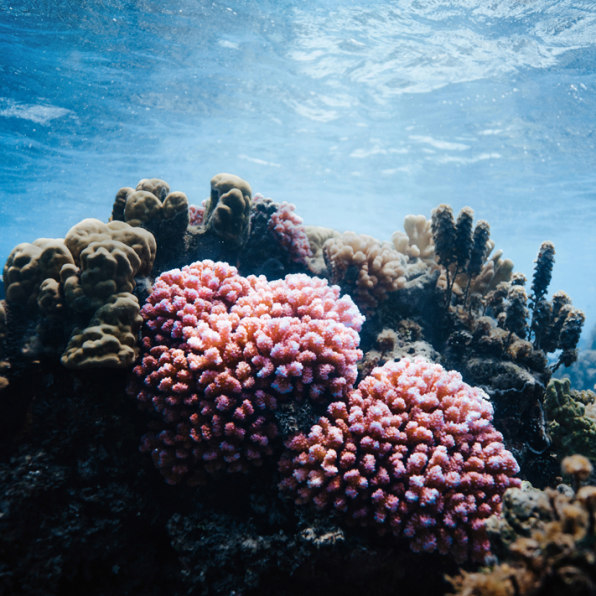
[Photo: Ryan Borne/Coral Gardeners]
The group uses various restoration techniques, and they focus efforts on super corals to create more resilient reefs. Super corals are a resistant species that can survive in extreme water temperatures. The group identifies super corals in the lagoon, cuts or trims a small portion of them, and places them in the nurseries on ropes, tables, or trees. There, they are monitored for at least a year. Once they’re large enough, the grown fragments are trimmed and planted onto damaged areas of the reef, where they continue growing, making the reef more resilient as the corals go on to spawn.
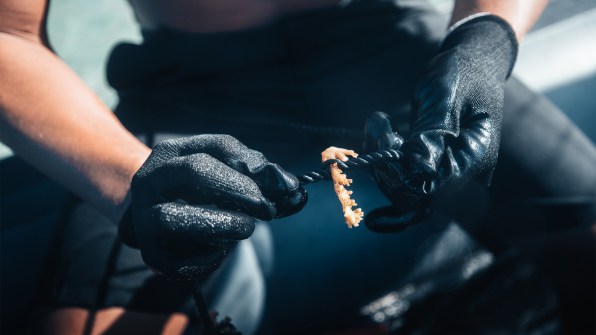
[Photo: Ryan Borne/Coral Gardeners]
In the site outside Bernicot’s home, people can see the activity through a livestream known as ReefOS. The artificial intelligence system is a combination of hardware and software that documents every aspect of the growing process. There’s also a 360-degree camera that takes pictures and labels the fish species as they repopulate the reef.
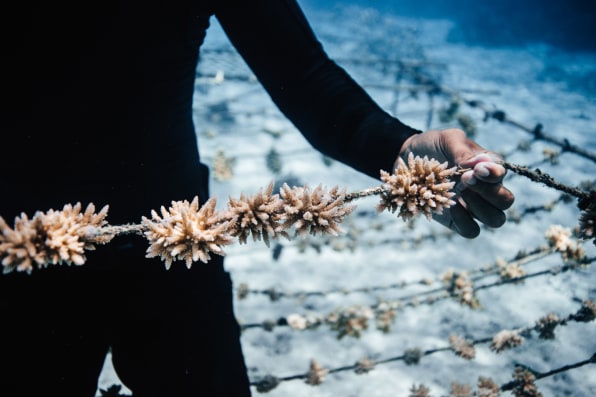
[Photo: Ryan Borne/Coral Gardeners]
In 2021, Coral Gardeners partnered with Cornell University to create a bioacoustic AI model with the reef soundscape, which helps to better understand the sound’s effect on the ecosystem. They also teamed up with the University of Hawaii to integrate advanced 3D mapping and photogrammetry techniques–which is the science of extracting information from photographs–into the monitoring process. By modeling the structure of the reef, the team can learn critical metrics such as the biomass and the coral growth rate. Using this technology to map the reef’s structure before and after the restoration efforts, Coral Gardeners’ can better track their impact.
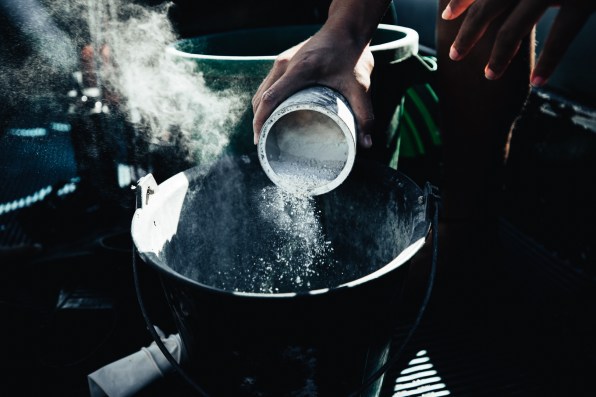
[Photo: Ryan Borne/Coral Gardeners]
The new techniques will allow the team to measure and understand the impact they’re having on the corals, including the biodiversity of the ecosystem, the fish population, coral disease, and bleaching detection.
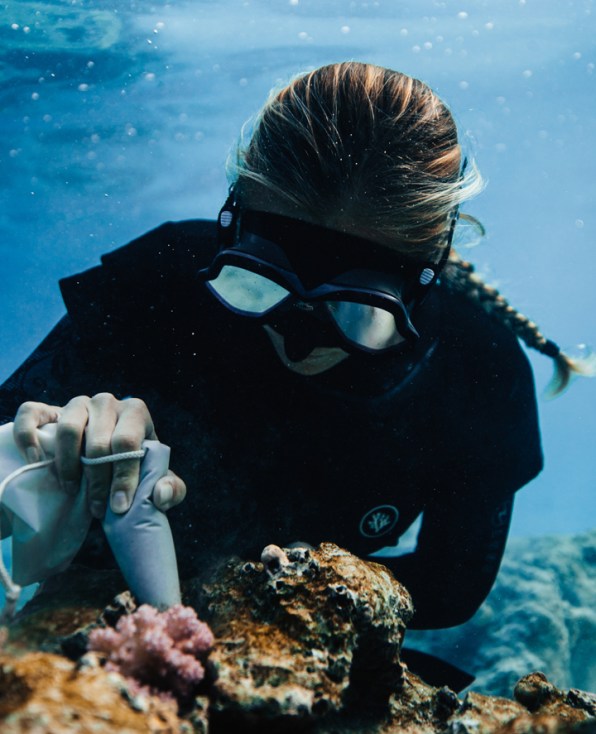
[Photo: Ryan Borne/Coral Gardeners]
The ReefOS AI model, which is currently in Maharepa and Cook’s Bay, will be deployed at every restored reef site around the world as the organization expands. “We want to become the most advanced reef restoration around the world in terms of technology . . . and also be able to share everything that we learned and the data we collected in an open-source and collaborative way,” says Karine Toumazeau, strategist for Coral Gardeners.The organization is on track to replant about 15,000 corals in 2022, and while this is the equivalent to what they’ve transplanted in the past four years combined, it’s still a far cry from their goal of 1 million. The reefs they’ve replanted thus far have about a 96% survival rate, according to Toumazeau.
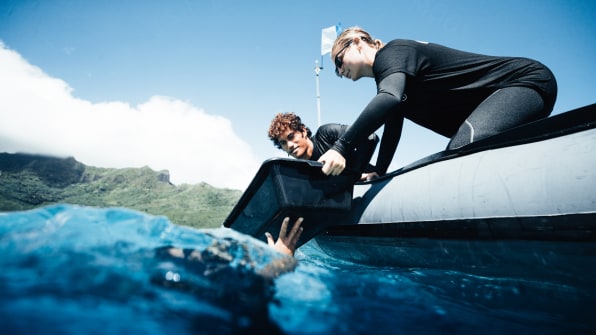
[Photo: Ryan Borne/Coral Gardeners]
While they weren’t able to provide an average cost-per-coral, the overhead for the project can be expensive. The group has raised $1.8 million in the last four years, but they hope to open at least 20 international branches in the next few years, which would require significantly more funding. So far, the majority of the funding has come from a coral adoption program, donations, merchandising, and partnerships.
Social media has been a real boon for fundraising. With more than half a million followers on Instagram, Coral Gardeners is the most followed account in all of French Polynesia, Bernicot notes–something he takes pride in. This following has helped drive growth, as celebrities like Paris Hilton have publicly given gifts of coral. (She gave it in honor of Britney Spears’ birthday.)
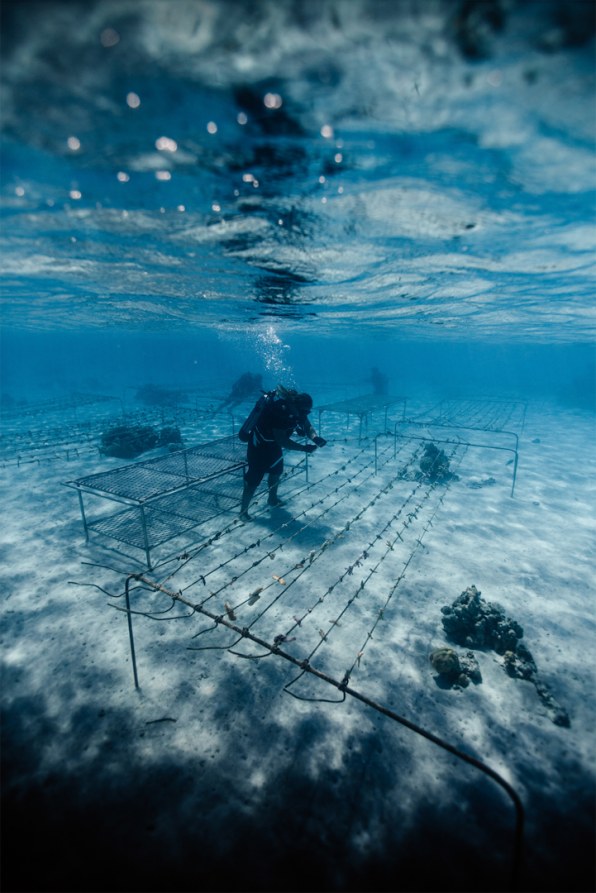
[Photo: Ryan Borne/Coral Gardeners]
“We are not in an ecosystem where you can meet a lot of entrepreneurs,” he said. “There aren’t a lot of start-up mentors in the middle of the South Pacific Ocean. I don’t know any other projects that have that reach globally.”Still, one of the ideas behind Coral Gardeners is to create opportunities for local islanders. A childhood friend of Bernicot’s and the friend’s brother were among the first on the payroll of the more than 20 staff members.




































